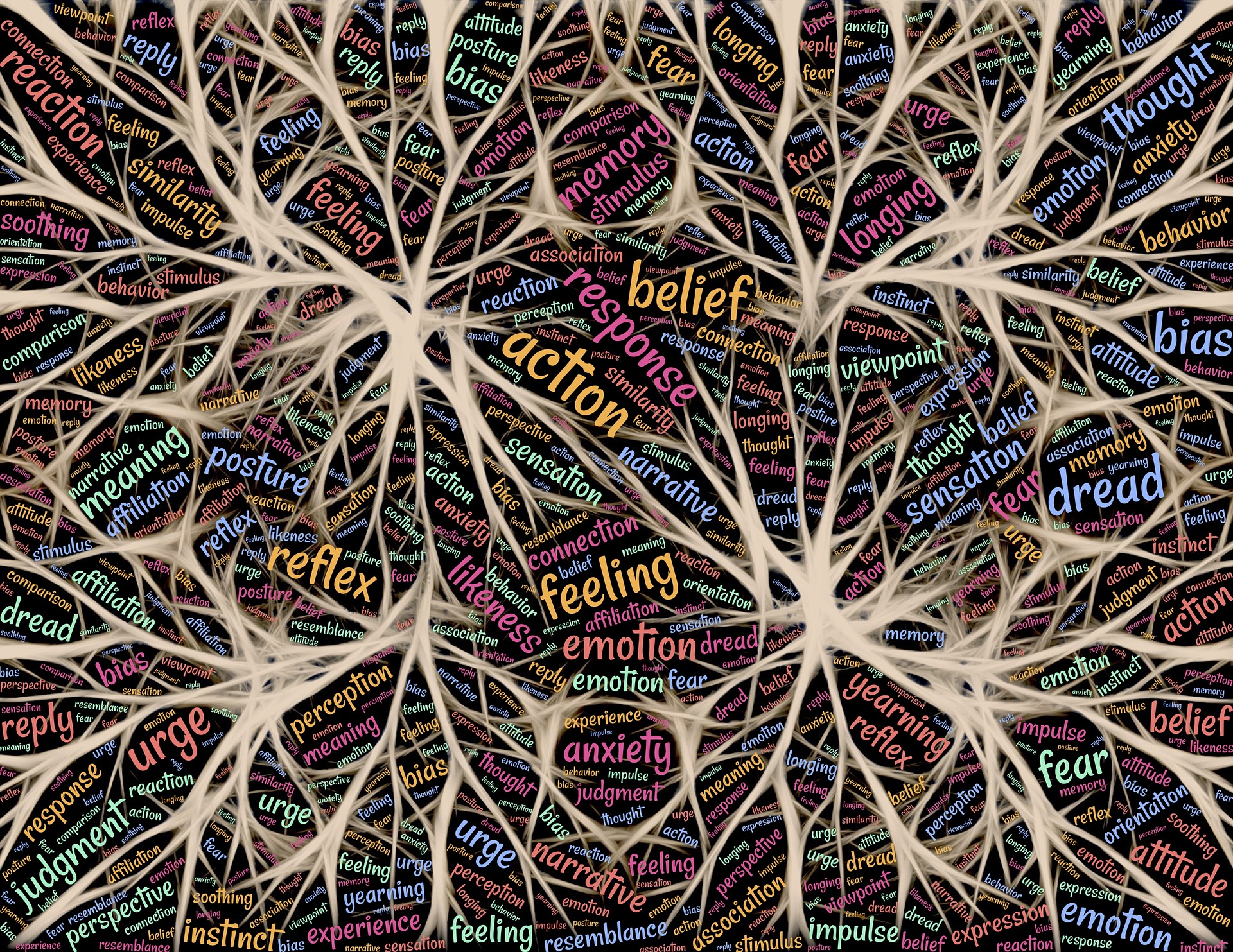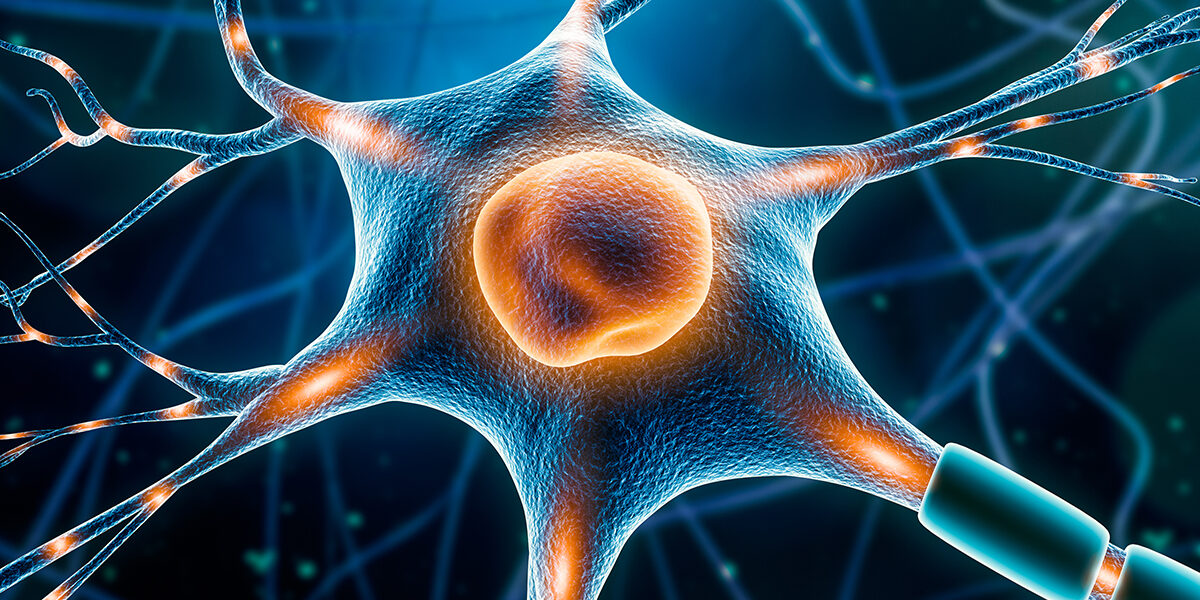Have you been hearing or reading a lot about positivity, happiness, increasing your wellbeing, flourishing in life, and improving your quality of life, lately? You may have tried using your willpower, reciting affirmations, reading pop psychology books, and simply trying to ignore the unwanted negative thoughts in your head that keep going round in some unconscious loop that you can’t seem to break. Around this time you may be beginning to lose hope realizing that achieving a positive outcome is not as simple as it sounds.
In order not to lose heart let’s get to work on explaining why change cannot take effect without addressing the negative challenges we face in our day-to-day lives and how Second Wave Positive Psychology which, challenges both the positive and negative aspects of personal development to your advantage.

Second Wave Positive Psychology takes a more nuanced and balanced approach to the idea of wellbeing. Rather than focusing on the polarization of good and bad, positive and negative, the goal is to develop a more balanced approach that does not separate phenomena into categories but embraces the balance between the two (Lomas & Ivtzan, 2016).
The key element of this new wave is dialectical thinking. Dialectical thinking refers to a nuanced view of apparent opposites (like positive and negative) and the recognition that they do not exist in isolation from each other. Rather, both have a complex interplay that needs to be acknowledged and examined from a philosophical perspective (Lomas & Ivtzan, 2016).
For instance, wellbeing can be a dialectical process. It changes dynamically, so it does not remain the same or related to the same factor. Negative qualities can be tied to positive outcomes and vice-versa, so it is not always easy to just label one thing as good or bad, because it depends on the context. The division of positive and negative is subjective and encourages this division when one state is seen as good and another is bad when this might not be true (Lomas & Ivtzan, 2016).
Overall, Second Wave Positive Psychology views wellbeing as something much more complex than just a series of positive states. Distress can be tied to wellbeing even if it is counterproductive for it in some cases (Lomas & Ivtzan, 2016). It intends to be more nuanced and recognize that our experiences cannot be divided neatly into boxes but that each element contributes to something bigger than itself.
The Second Wave embraces the dark side of human nature and engages with philosophical topics on a deeper level. It is very concerned with concepts like meaning and how they can be incorporated into theoretical and practical aspects of this new approach (Sims, 2017).
Happiness and wellbeing are complex experiences that integrate light and dark elements (Lomas, 2016). Accepting and embracing this can give us a much more nuanced view of human nature. Trying to manage our states on our own can be super challenging. Knowing that you are on the right path can make a world of difference.
If you would like to find out how we could work together and if we are a good match for each other contact us here for a free chat about what you want to achieve.




